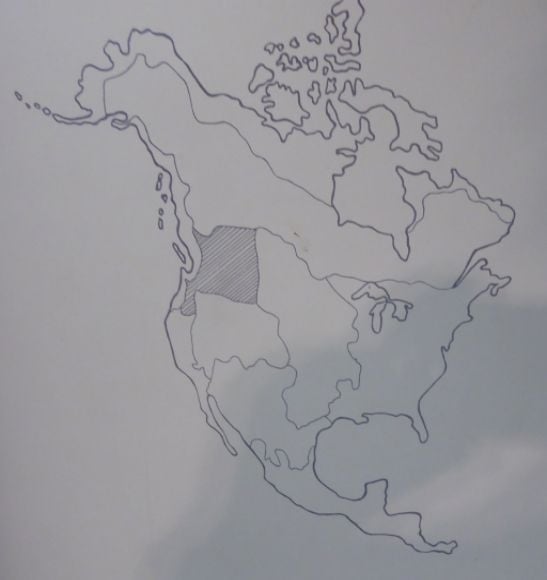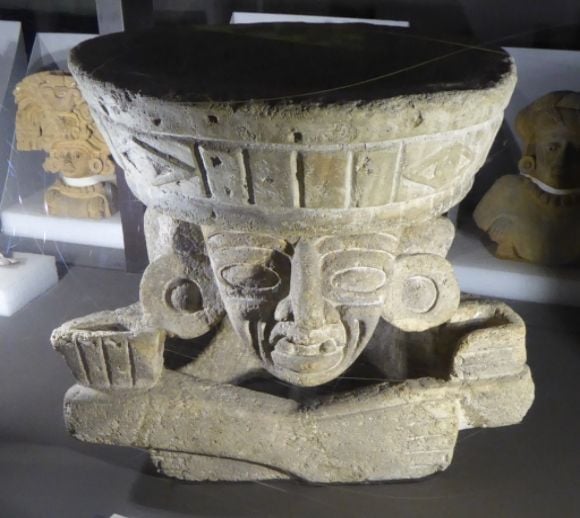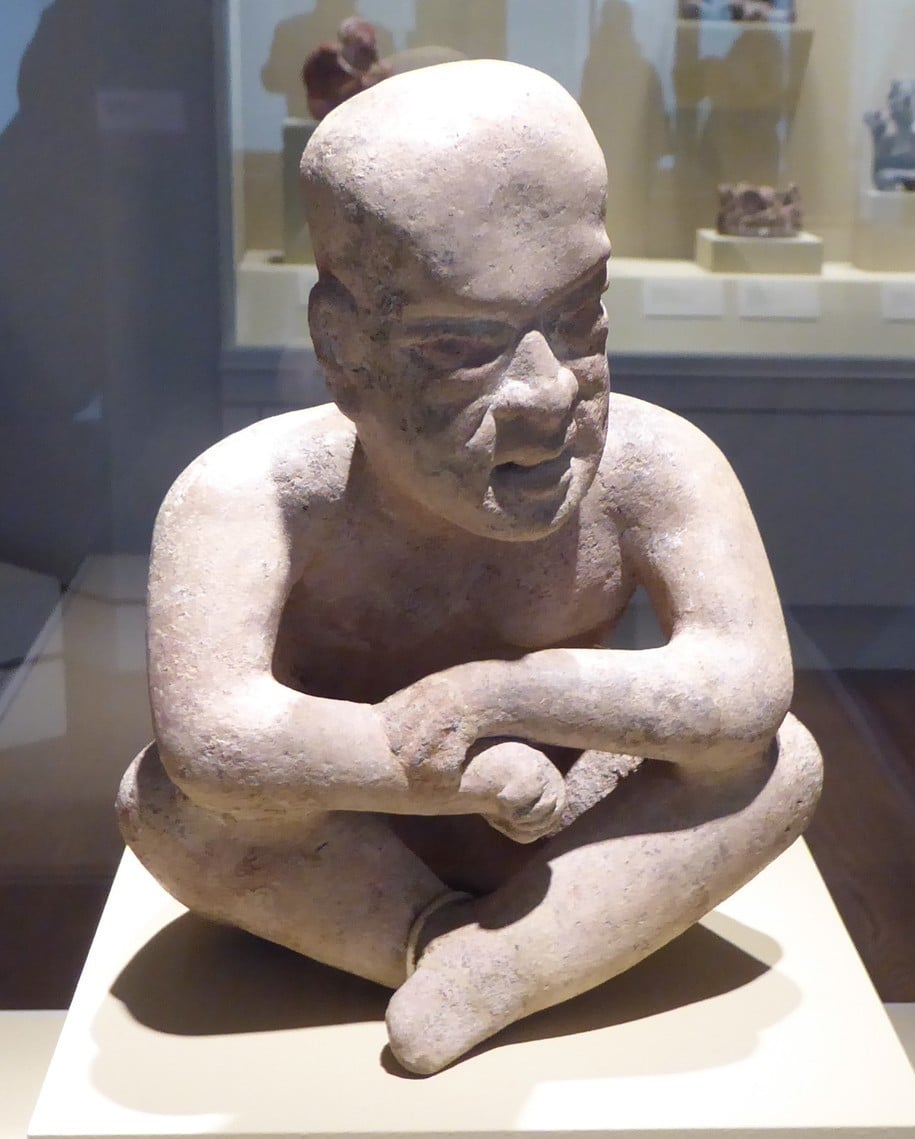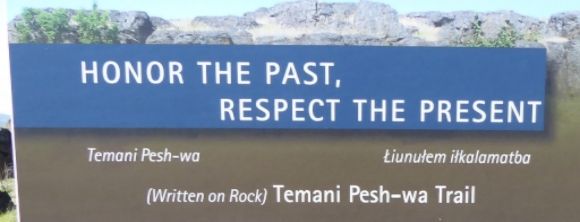Ancient America: The Fort Ancient People
In northeastern Kentucky, southern Ohio, southern Indiana, and western West Virginia, the culture which archaeologists call Fort Ancient flourished from 1000 CE to 1700 CE. Some archaeologists feel that the Fort Ancient people are ancestral to the Pawnee.

The Fort Ancient people developed and sustained a way of life based on maize agriculture. They supplemented their diet of cultivated plants (maize, beans, squash), with wild plants and with game (primarily elk, white-tailed deer, and turkey).
They lived in villages and their settlement patterns within the villages show no sign of social stratification-that is, there does not appear to a social division into rich people and poor people. Some of the Fort Ancient villages were stockaded with the homes arranged in a circular fashion around a central plaza. The presence of the stockade may be an indication of concern for warfare or attacks by other people. Many sites have burial or temple mounds.
Fort Ancient villages were generally situated near water ways (rivers or streams). The villages had rows of houses which were made with poles and then covered with wattle-and-daub, bark, or mats. Larger structures served as council houses.
Their pottery was tempered with shell or grit. Most of the vessels were squat and globular. They had rounded bottoms, broad mouths, and slightly flaring rims. Many of the vessels had strap handles. In addition to the pottery, the Fort Ancient people also made ceramic animal effigies.

With regard to their subsistence-that is, their source of calories-Fort Ancient people cultivated corn (maize), beans, squash, sunflowers. About 48-70% of their diet was corn. One of the health consequences of this corn-based diet was a high rate of spina bifida and tooth decay.
In addition to agriculture, they also hunted, fished, and gathered wild plants. They hunted deer, bear, turkey, and elk. They fished using bone hooks, harpoons, and nets. Wild plant resources used by Fort Ancient people included a variety of nuts and fruits.
The Fort Ancient people used the bow and arrow for hunting. One of the characteristics of their culture was a slender, triangular arrow point.
Fort Ancient people made a variety of pipes from both stone and clay. While the most common pipes had a rectangular or conical shape with a wooden stem, some of the pipes were made in animal shapes, some were elbow pipes, and some had a projecting prow in the front to provide a cool handhold for the smoker.
With regard to death and mortuary practices, the Fort Ancient people cremated the bodies and then buried the bones and cremains. Generally the bodies were defleshed prior to cremation. Death was seen as a process rather than a single event. Bodies were allowed to decompose, were defleshed, cremated, and eventually interned. After cremation, the remains were placed into a bundle along with mica, beads, ceramics and other items and then transported to a different site for burial.
At the Clark Rockshelter in eastern Kentucky (this is the southern limits of the Fort Ancient heartland) they buried the remains of a child and an adult sometime between 1100 and 1300. The burial pit was lined with large sandstone slabs. Once the grave had been backfilled, a sandstone wall was laid around the burial and the grave was covered with sandstone slabs. The cremation appears to have been done at a different location and the cremains brought to the rockshelter for burial. At this burial, a large amount of mica was buried with the adult which archaeologists interpret as indicating his high social status. Shell beads with the human remains at the time of burial by different people as offerings. Some of the shell beads at this site are from the Atlantic Ocean.
By the 17th century, European epidemics-primarily smallpox-had reached the Indian peoples living in the Ohio. The demise of the Fort Ancient culture was probably brought about by these European diseases.



